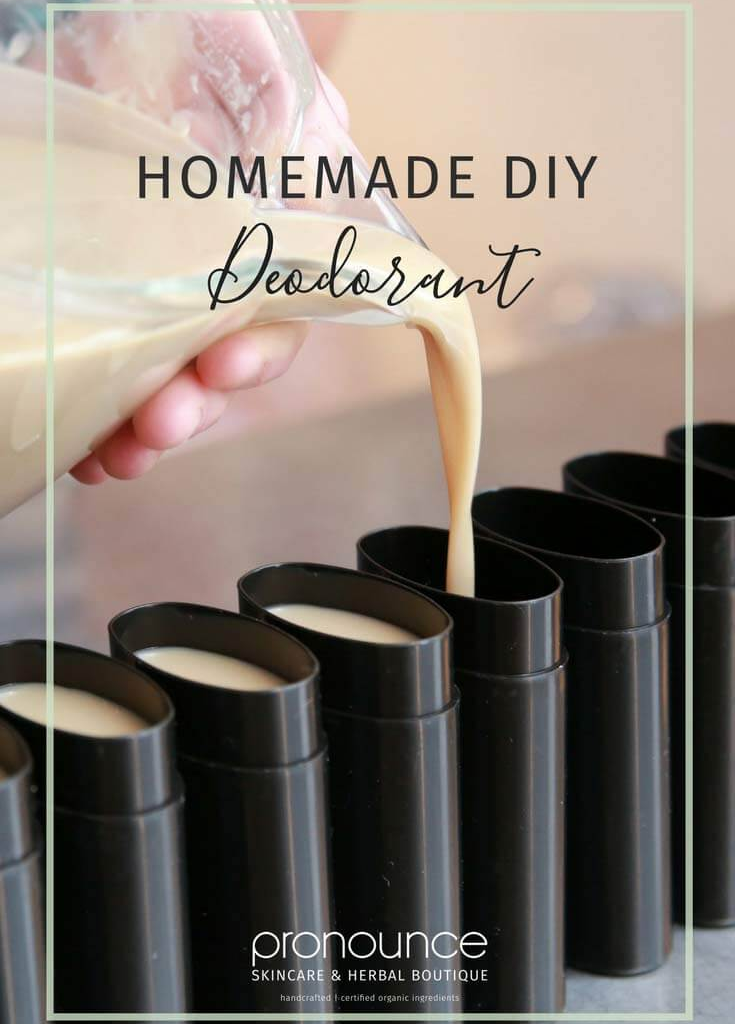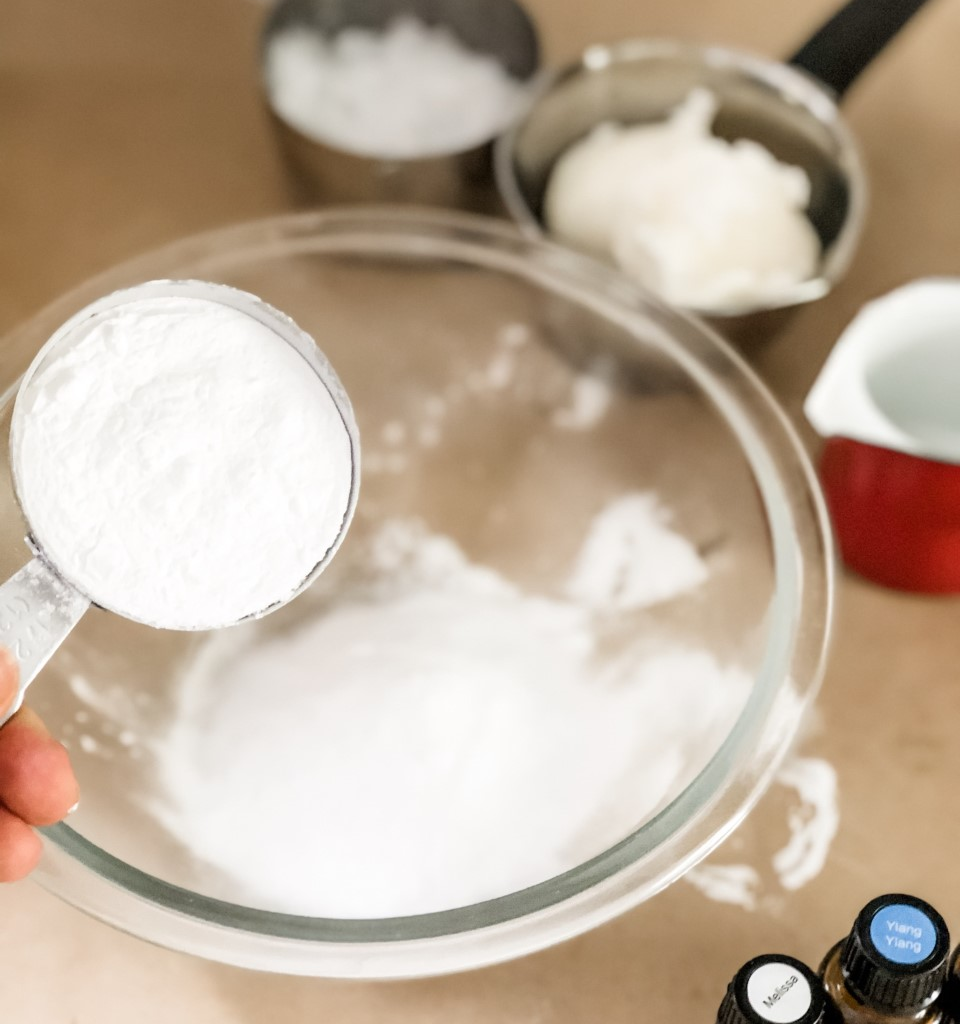
In recent years, there has been a growing concern about the ingredients found in many commercial deodorants and their potential health risks. As a result, more people are turning to natural alternatives that are not only effective at keeping odor at bay but also free from harmful chemicals. Making your own natural deodorant at home is not only easy but also allows you to tailor the ingredients to your preferences. In this blog post, we’ll guide you through the process of making your very own natural deodorant.
There are many different recipes for natural deodorant, but the basic ingredients are usually the same:

- Baking soda: Baking soda is a natural antibacterial agent that helps to fight odor-causing bacteria.
- Cornstarch or arrowroot powder: These powders help to absorb moisture and keep your armpits dry.
- Essential oils: Essential oils add a pleasant scent to your deodorant and can also have additional benefits, such as antibacterial or anti-inflammatory properties.
Here is a simple recipe for a natural deodorant:

Ingredients:
- 1/2 cup coconut oil
- 1/4 cup baking soda
- 1/4 cup cornstarch or arrowroot powder
- 10-15 drops essential oil (optional)
Instructions:
- Melt the coconut oil in a double boiler or in the microwave.
- Stir in the baking soda and cornstarch or arrowroot powder until well combined.
- Add the essential oil, if desired.
- Pour the mixture into a small jar or container.
- Let the deodorant cool and harden completely before using.
To use, apply the deodorant to your armpits as you would any other deodorant.
Here are some tips for making and using natural deodorant:

- Use high-quality coconut oil. Look for organic, unrefined coconut oil that is free of additives.
- Start with a small amount of baking soda and add more as needed. Too much baking soda can irritate your skin.
- If you have sensitive skin, you may want to use arrowroot powder instead of cornstarch.
- Experiment with different essential oils to find your favorite scent.
- Store your deodorant in a cool, dry place.
Additional Tips
- Be cautious with essential oils, as some people may be sensitive to them. Begin with a small amount and perform a patch test to ensure there are no adverse reactions.
- Keep in mind that natural deodorants may have a different feel compared to commercial products, as they lack certain chemicals. If you experience any irritation, discontinue use.
- Store your deodorant in a cool, dry place. In warmer weather, it may become too soft, so a brief stay in the refrigerator can help it firm up.
- Understand that natural deodorants may not provide the same long-lasting protection as commercial antiperspirants. You might need to reapply during the day if you’re particularly active or prone to heavy sweating.
Natural deodorant can take some time to get used to. If you’re switching from a traditional deodorant, you may experience some sweating or odor at first. But with regular use, your body will adjust, and you’ll be able to enjoy the benefits of natural deodorant.
Conclusion
Making your own natural deodorant gives you control over what you use on your skin and is a powerful and healthful decision. You may have a deodorant that not only keeps you feeling confident but also fits with your natural and eco-friendly lifestyle by using this simple formula. Try it out, personalize it with your favorite essential oils, and enjoy the advantages of using natural personal care products.

